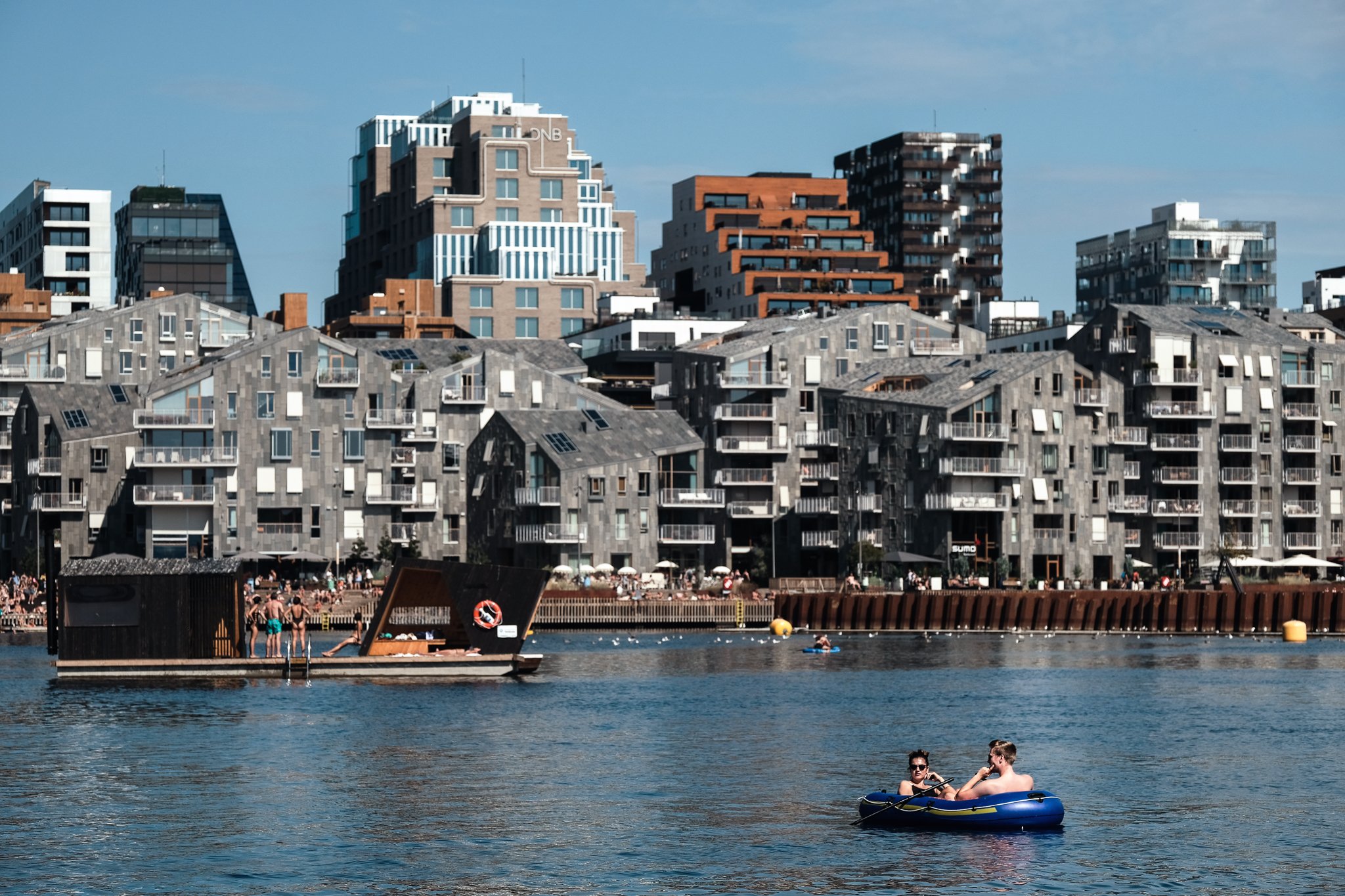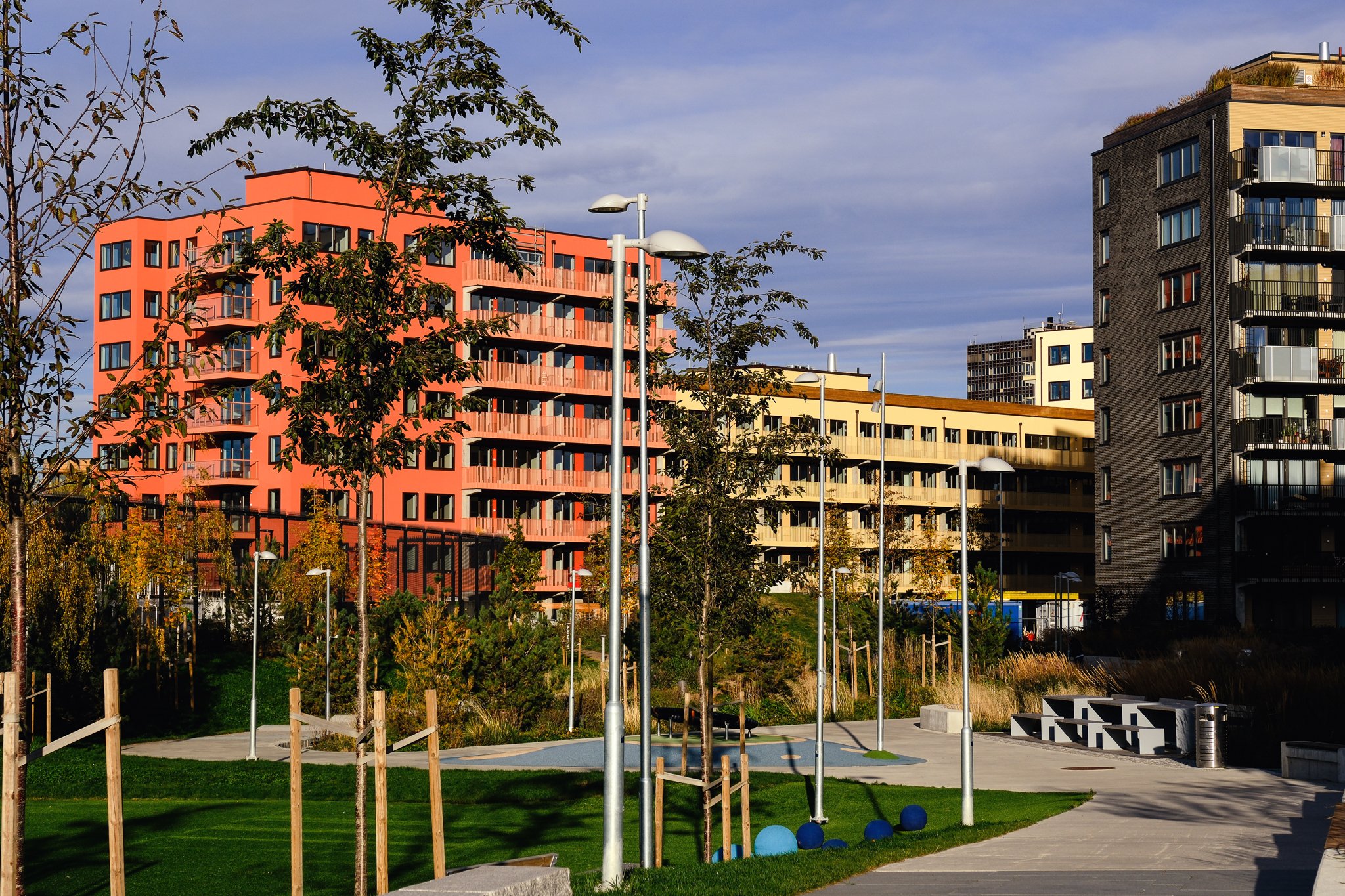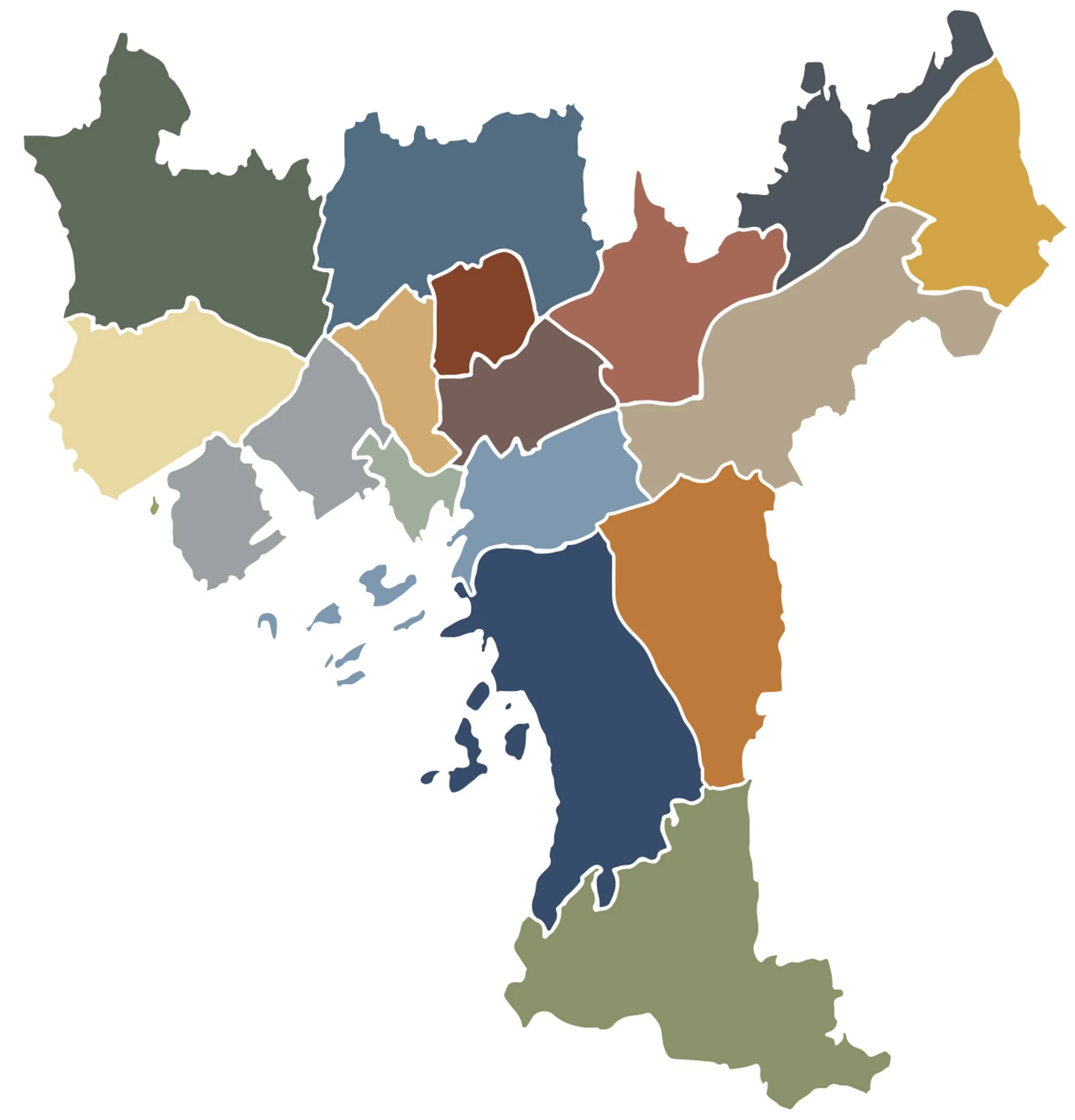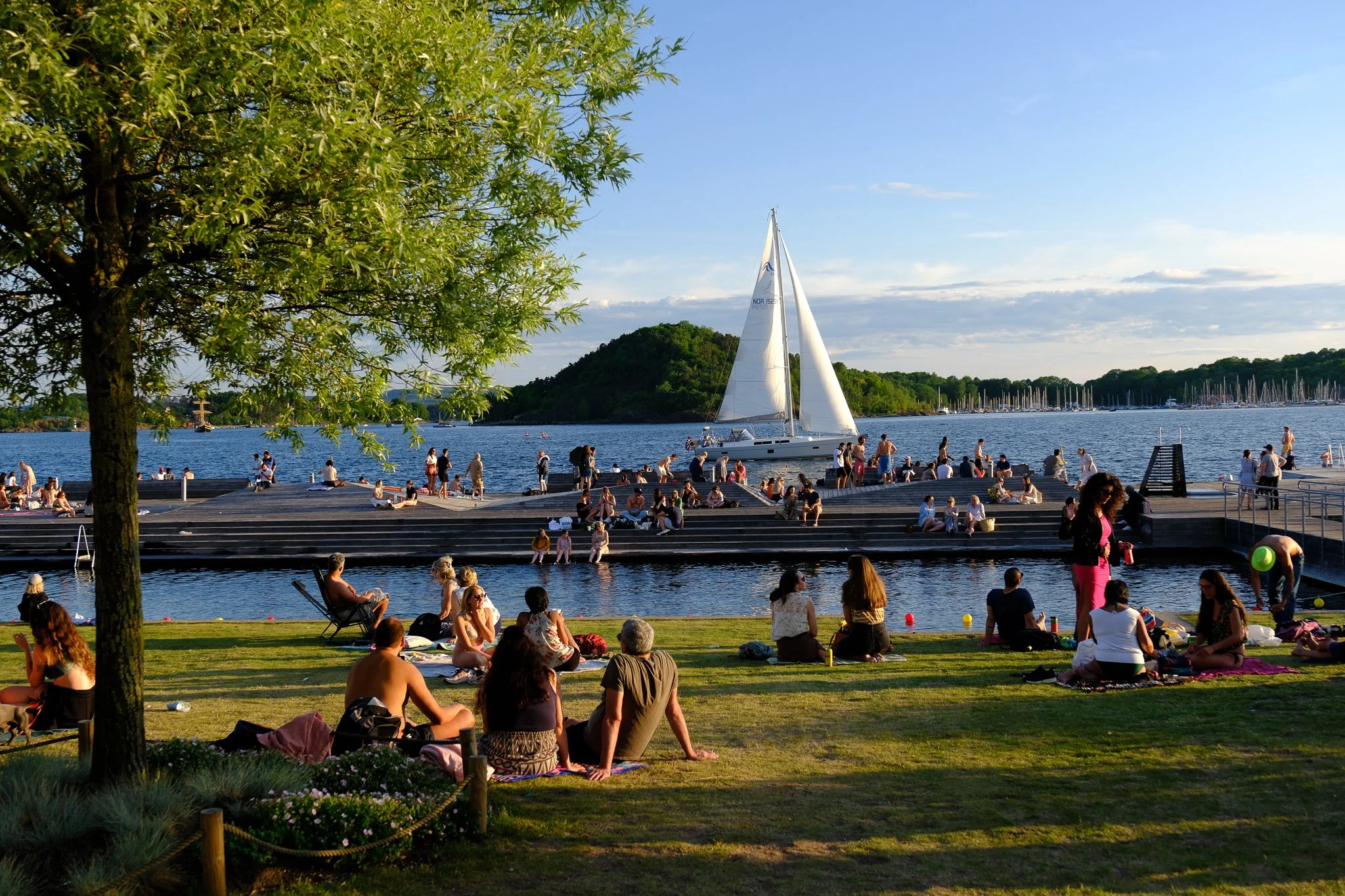welcome
Oslo, Norway
Oslo is Norway’s capital and largest city. It is the economic and political centre and one of the oldest cities in the country. Oslo is celebrated as a 1000-year-old city; however, it is also relatively young, with most of the urban fabric emerging in the 19th and 20th centuries and extensive transformative developments occurring in the last four decades. The greater metropolitan area is home to more than a million people.
Welcome: Oslo - Beyond the Postcard
Cities are marvellous and important: they are the cradle of civilization and the site of daily life for most people on Earth. Cities have always been central to the development of societies; however, emerging from the COVID-19 lockdowns, many of us have become more aware of the centrality of cities to our human experience.
Cities are increasingly confronting the adverse impacts of many other challenges: climate change, economic crises, and demographic changes. These challenges also reveal opportunities: to recognize how precious the social fabric of communities is now that we have been kept at a distance. To create a shift to prioritize sustainable development practices and make our cities greener. To prioritize a walkable city without automobile pollution, improving population health with healthier environments and more active forms of mobility.
If this is indeed an opportune chance to (re)build and adapt cities to the challenges facing us, then Oslo is an ideal site to reflect on what makes a vibrant, healthy, sustainable, and resilient city. Oslo is one of the fastest-growing European cities, while at the same time consistently regarded as a model green city, promoting a high quality of life for its inhabitants.
Monuments and prominent landmarks are well documented and circulated widely in travel literature and reduplicated in stock postcard perspectives. It is not difficult to find lists of restaurants, hotels, and tourist attractions in Oslo, but what lies outside the frame of the postcard images?
Oslo - Beyond the Postcard provides virtual tours of Oslo’s districts, highlighting facets of the city – profound and pedestrian, quintessential and quotidian – of Oslo’s urban character and city life. Launched in July of 2023, the website presents an expanding selection of scenes across the districts, highlighting significant urban developments, the qualities of outdoor spaces, architecture, landscape architecture and city life. What makes Oslo a vibrant, liveable city contributes to it as a desirable travel destination, too.
Outline of Oslo and the district boundaries - These web-pages are organized by the fifteen bydels, translated to “districts” in these pages and, more literally, a part (del) of the city (by).
Background - the promise and problems of the city
The city is humanity’s greatest invention. This is a central thesis of the Harvard economist Edward L. Glaeser’s book, Triumph of The City. It is an invention that, as the subtitle to his book spells out, has the potential to make us “richer, smarter, greener, healthier, and happier”. Beyond the Postcard is not just about what makes Oslo a great city; moreover, it is about what practices can make a city great. In this way, it is a sampling of how cities can be developed to improve the quality of life for everyone, creating vibrant communities locally and contributing as a net positive globally.
Curent Focus - sustainable and resilient cities
A primary, initial focus of Beyond the Postcard is on sustainable development practices. Cities are the crux of the problem and essential to solutions for a sustainable future, and Oslo maintains a distinguished position among cities transitioning to sustainable practices. Oslo was recognized in 2019 as the European Green Capital for its sustainable urban developments as a green city, ranking the highest on indicators including climate change mitigation and adaptation, air quality and implementing sustainable solutions for urban infrastructure, such as local transportation.
The urban land area of cities covers only 2 per cent of the earth,[1] yet, cities consume 75 per cent of natural resources and emit 75 per cent of the world's carbon emissions.[2] These impacts increase with the rapid urbanization characterizing the world. Today, more than half of the world's population already lives in cities. Urban population statistics are even more pronounced in Europe (with a 70 per cent urbanized population) and the United States (with over 80 per cent urbanized population).[3] The current generation is expected to experience a world where approximately 70% of the global population are city-dwellers.
Norway’s patterns of urbanization approximate the global land area of cities, with 1.7 per cent of the land constituting a built-up area.[4] Norway also reflects trends of global urbanization[5] with over 82 per cent of Norwegians living in cities, and of those urbanites, over 23% live in Oslo.[6] Despite this growth, Oslo is committed to some of the most ambitious sustainable development goals, with plans to slash emissions by an ambitious 95 per cent by 2030.
With urbanization shaping our modern world, cities are at the forefront of our collective future. Cities have emerged as the epicentres of human activity, acting as magnets for people, ideas, and economic development. However, their rapid growth and increasing demand for resources have caused severe ecological disruptions. The essential problem is in the close linkages between climate change and the development of the built environment.[7]
In contemplating the perils of climate change, one cannot help but acknowledge the insidious compounding effects accompanying the accelerating global warming phenomenon. Year after year, we witness the relentless establishment of new high-temperature records; year after year, the pace of sea level rise accelerates; year after year, glaciers are melting with an unrelenting force. The World Meteorological Organization emphasizes the intricate and interconnected impact of these emissions on Earth’s environment.[8]
Humanity's fate is inextricably linked to the health of the planet. It compels us to confront the multifaceted consequences of our actions as we navigate the complex web of interdependence that binds humanity to the Earth. The world needs to bring down greenhouse gas emissions. To assuage these deleterious trends, studies show that greenhouse emissions need to fall by 45% before 2030, yet countries have only promised to cut them by three per cent. And collectively, we are missing that mark, too.[9]












Cities are at the nexus of humanity's survival. We need to effect more significant change where it matters most; thus, how we (re)develop our cities is a crucial focus. How cities are planned, developed, and maintained are critical determinants for energy consumption, CO2 emissions, and climate change mitigation. Importantly, cities also provide a tactical geographic and practical administrative scale to work on sustainable practices.
Oslo's distinction of growth highlights a shared dynamic with all cities, big and small: change; change from growth, while at the same time responding to and adapting to challenges of pandemics, extreme weather events, limited natural resources, demographic shifts, and an accelerating climate crisis.
Oslo’s commitments to sustainable development point to dynamic changes taking place to accommodate complex, interrelated challenges. This website explores place-based stories about the city’s (re)development, reflecting a diversity of user groups, individuals, organizations, and initiatives. It will foreground the actions of the municipality and its culture of urban development, highlighting the importance of policy and larger practices that shape the city: where people live and how they move around the city while, at the same time, preserving and maintaining the qualities of urban life and the natural areas that have deemed Oslo one of the most liveable cities in the world.
[1] Zhifeng Liu et al., "How much of the world’s land has been urbanized, really? A hierarchical framework for avoiding confusion," Landscape Ecology 29 (05/01 2014): 152.
[2] Mark Swilling et al., City-level decoupling : urban resource flows and the governance of intrastructure transitions (Nairobi, Kenya: United Nations Environment Programme, 2013), 7.
[3] Today, over 55% of the world’s population lives in urban areas and it is projected more than two thirds of the world’s population (68 per cent) will be urban-dwellers 2050. Department of Economy and Social Affairs United Nations, Population Division. World Urbanization Prospects. , World Urbanization Prospects 2018: Highlights (New York, 2019), 5.
[4] Statistisk sentralbyrå, "Land use and land cover," (Oslo, 2022). https://www.ssb.no/en/natur-og-miljo/areal/statistikk/arealbruk-og-arealressurser.
[5]World Bank, "Urban population (% of total population) - Norway," United Nations Population Division. World Urbanization Prospects (2018). https://data.worldbank.org/indicator/SP.URB.TOTL.IN.ZS?locations=NO. The urban population, as a percentage of total population has increased 64% since 1960.
[6]Statistisk sentralbyrå, "Population and land area in urban settlements," (2021). https://www.ssb.no/en/befolkning/folketall/statistikk/tettsteders-befolkning-og-areal. Based on 2nd quarter 2022 population of 5,455,582.
[7] IPCC Intergovernmental Panel on Climate Change, Summary for Policymakers. In: Climate Change 2022: Mitigation of Climate Change. Contribution of Working Group III to the Sixth Assessment Report of the Intergovernmental Panel on Climate Change (Cambridge, UK and New York, NY, USA: Cambridge University Press, 2022), 8.
[8] IPCC Intergovernmental Panel on Climate Change, 2022: Climate Change 2022: Mitigation of Climate Change. Contribution of Working Group III to the Sixth Assessment Report of the Intergovernmental Panel on Climate Change (Cambridge, UK and New York, NY, USA: Cambridge University Press, 2022).
[9] Change, Summary for Policymakers. In: Climate Change 2022: Mitigation of Climate Change. Contribution of Working Group III to the Sixth Assessment Report of the Intergovernmental Panel on Climate Change.




















